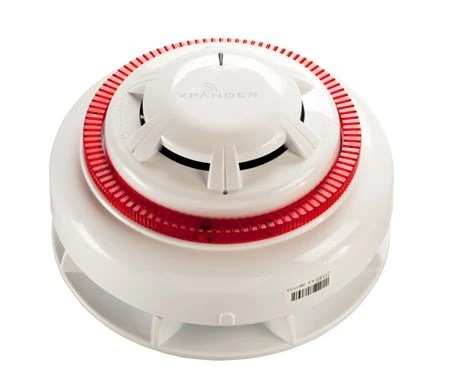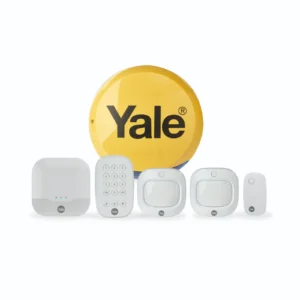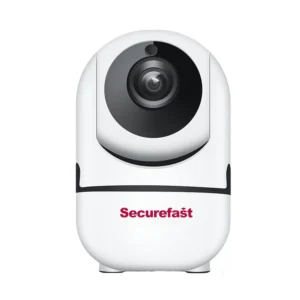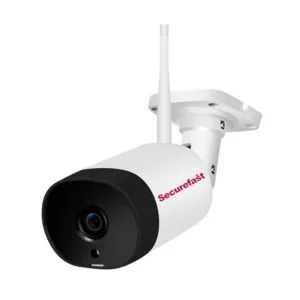Xpander Sounder Vid (Red) – Opt Detector
£528.82 inc VAT £440.68 ex VAT
Description
XPander incorporates entirely new designs with respect to the wireless communication system. A Radio Interface is connected to the loop. It communicates with the control panel using the Apollo addressable two-wire power and communications system. The interface communicates with the detection and alarm signalling devices by means of radio waves. The detectors are multistate in that they report normal, pre-alarm, fire or fault states to the radio base which transmits the information to the interface. The detectors incorporate drift compensation and report any compensation limit occurring. The radio bases and signalling devices are addressable and use a pre-set analogue value to report via the XP95 or Discovery protocol. Apart from normal and fire the bases can send pre-set analogue values to indicate low battery, detector contaminated, detector tamper and low signal strength fault conditions. The sounders and sounder/visual indicators are powered by two packs of batteries, one with three “AA and one with three “C size alkaline batteries which provide a working life of typically 3-5 years. The three-year life includes weekly tests and a half-hour sounding in a fire condition. The Sounder Visual Indicators incorporate audio and visual signalling within one unit. Sound output: 100dB(A) XPander sounders can be wall or ceiling mounted and use a bi-directional monitored radio platform to communicate. They feature 32 selectable tones, including the Apollo tone, and a self test which causes a fault signal to be sent if the sounders fail to operate. The self-test feature is activated by a DIL Switch. Individual parts may be ordered separately. The address of a sound or a sounder/visual indicator is set at the commissioning stage by means of an XPERT card.
- · Wireless Bi-directional (monitored) radio platform
- · Audible self-test available
- · loop-powered interface operating on 868MHz
- · wireless addresses seen by control panel as normal addresses
- · radio base with wireless circuitry and battery compartment
- · chamber designed to inhibit dirt penetration and thus reduce false alarms
- · automatic drift compensation with DirtAlert warning
- · algorithms for transient alarm rejection
- · remote test facility
- · 3-5 years battery




